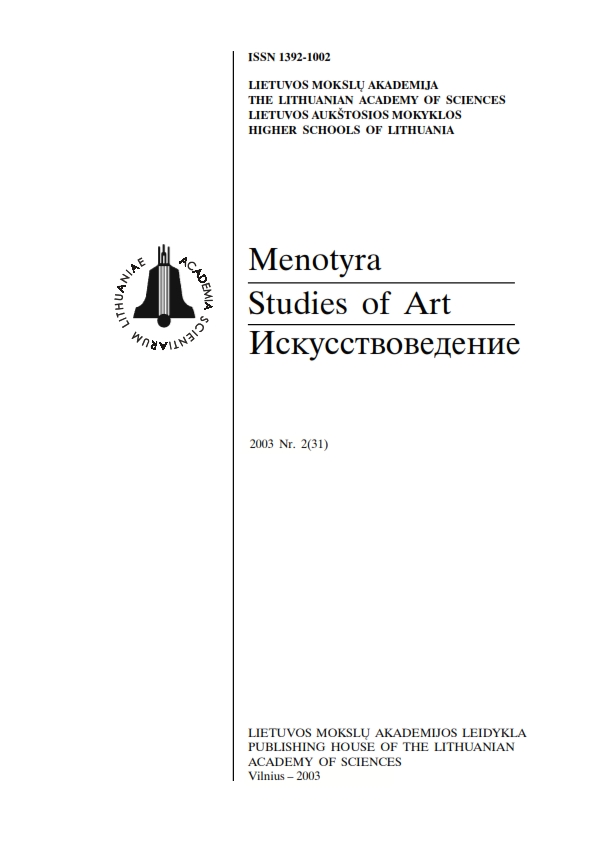Menininkų atvirukai: kūrybinio žaidimo (pramogos) forma
Artists' postcards: a form of creative play and entertainment
Author(s): Ieva PleikienėSubject(s): Cultural history, Visual Arts, Post-War period (1950 - 1989)
Published by: Lietuvos mokslų akademijos leidykla
Summary/Abstract: The subject of the article is the creation of postcards by Lithuanian artists during the 1960s, 70s and 80s. This entertaining form of art was very popular in Lithuania during that period. The artistic environment of the era coupled with restraints on creative freedom and an urge to seek atypical, experimental opportunities for self-expression all influenced the creation of these postcards. For many artists, creating these postcards turned into an enjoyable form of "leisure art." This art form did not claim to enter the arena of "high art," and instead created a charming little parallel world of artistic amusement. The very character of a postcard, naturally related to its purpose, carried an intrinsic element of fun.Postcards, whether created by artists or others, are signs of attention, intended to please the addressee, convey impressions, or to congratulate on the occasion of a holiday or an event. All who take part in the postcard interchange, senders and receivers alike comprise a sort of informal community of like-minded individuals.The goal of this article is to introduce artists' postcards as a form of creative play and to analyze them in the context of cultural research on the game phenomenon. Among the abundance of postcards sent over several decades there are many examples of smart and original artwork, unique in manner and style. In this analysis the author distinguishes typical groups of postcards by Lithuanian artists, defines their artistic strategies, and reveals the diversity of their matter and style. She also notes that despite the entertaining purpose of the genre, postcards of the period clearly exhibited elements of conceptualism, which were not common in the Lithuanian art of the day.
Journal: Menotyra
- Issue Year: 2003
- Issue No: 2(31)
- Page Range: 81-87
- Page Count: 7
- Language: Lithuanian

